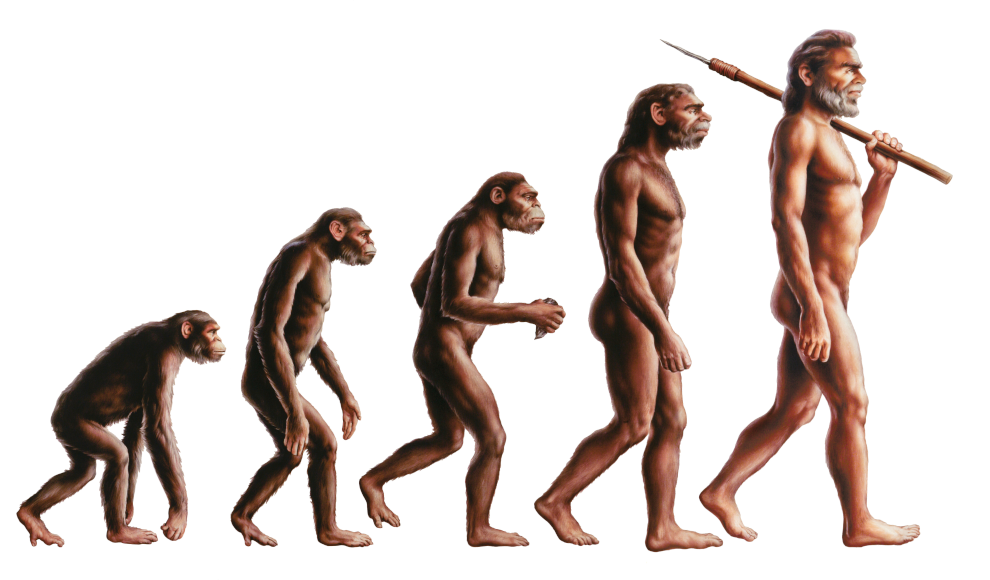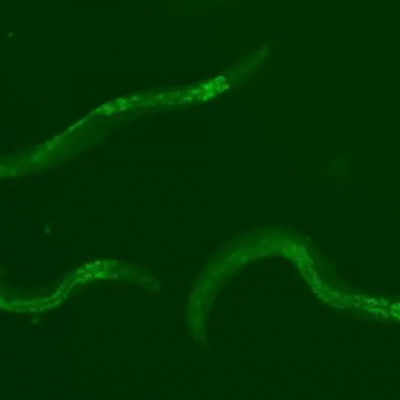A groundbreaking study has used artificial intelligence (AI) to identify the genes responsible for the modern human’s ability to walk upright. Researchers from the University of Texas at Austin and the New York Genome Center analyzed tens of thousands of X-ray images and genetic sequences to determine the genetic changes that led to anatomical differences between humans and other primates. The study, published in the journal Science, also examined how modern human skeletal proportions affect the risk of diseases such as knee and hip arthritis. The team used deep-learning models to automatically quantify 39,000 medical images, identifying 145 points in the genome that control skeletal proportions.
The research provides a roadmap linking specific genes to skeletal lengths in different parts of the body, enabling developmental biologists to investigate them systematically. The study also shows how skeletal proportions affect musculoskeletal diseases. People with a higher ratio of hip width to body size are more likely to develop osteoarthritis and hip pain, while those with a higher ratio of thigh bone to body size are more likely to develop knee arthritis and pain. People with a higher ratio of trunk length to body size are more likely to suffer from back pain. According to Eucharist Kun, these disorders arise from biomechanical stresses on the joints over a lifetime, and skeletal proportions influence everything from our gait to our sitting position.
The researchers used AI to analyze vast amounts of medical imaging data and genetic sequences, demonstrating the technology’s potential to revolutionize medicine. The study’s lead author, Vagheesh Narasimhan, said the research “shows the impressive impact of AI in medicine, particularly in the analysis and quantification of imaging data and the integration of this information with health data and genetics on a large scale and at high speed.” The study’s findings could help researchers develop new treatments for musculoskeletal diseases and improve our understanding of human evolution.










